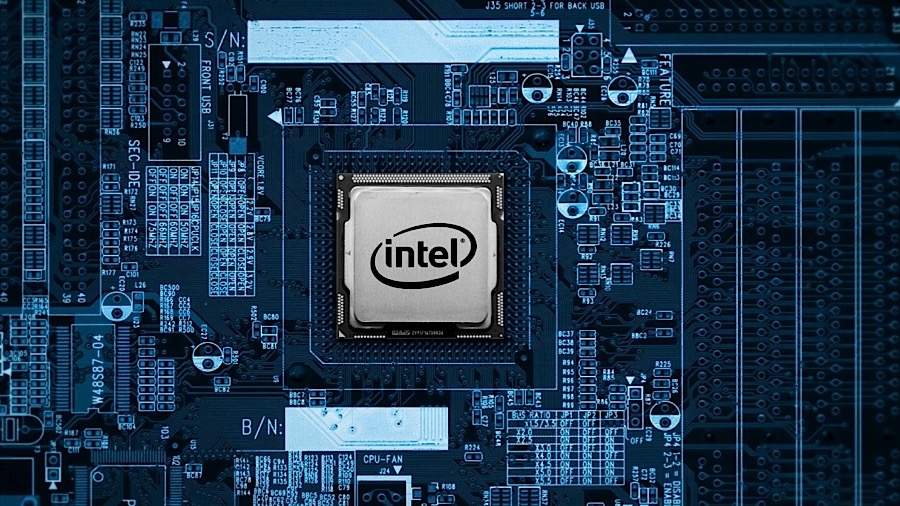Mysterious 6-core CPU leak prompts wild speculation about what Intel is up to
SiSoft benchmark shows a chip with a different cache configuration

A mysterious incoming six-core Intel processor has been spotted courtesy of a leaked benchmark, and interestingly, the amount of cache it carries seems to indicate that it’s a new architectural design from Intel.
As to exactly what this chip might be – if anything, seeing as we can only put so much stock in a single benchmark which has turned up online, this one coming from the SiSoft database – that isn’t clear, although there’s a lot of guesswork going on around this.
- Intel turns to Samsung for help keeping up with AMD?
- Check out how to build a PC
- Here are all the best CPUs for your PC
The leaked SiSoft result shows a six-core (12-thread) CPU, or rather a pair of these used in some manner of server or workstation configuration.
As Tom’s Hardware points out, the key spec here is that the L2 cache is 1.25MB (per core), which doesn’t line up with any of Intel’s existing architectures (Coffee Lake chips have 256KB of L2, Ice Lake mobile 512KB, and HEDT Cascade Lake-X processors run with 1MB – so still less than this leaked chip).
Really, this is all up-in-the-air speculation right now, but it seems that this processor is a new architecture on 10nm, and perhaps the most likely prospect is that it’s Tiger Lake, the successor to Ice Lake (and expected to debut in notebooks next year).
That’s because previous spilled details on Tiger Lake indicate that it will indeed have 1.25MB of L2 cache, just as this leaked chip does. Again, that’s just a rumor though, and what also counts against it is we haven’t seen evidence that Tiger Lake will stretch its legs past quad-core.
Rocket Lake?
So the other possibility is that it’s Rocket Lake, which does have up to 8 cores, but that’s built on 14nm – which could indicate this is a back-ported 10nm core. Or there’s even the chance that this could be a server-targeted Ice Lake (Xeon) chip (although that seems very much an outside possibility).
Sign up to the TechRadar Pro newsletter to get all the top news, opinion, features and guidance your business needs to succeed!
Whatever the case, this has certainly fired up a lot of speculation about where Intel might be headed with this one, but given that we’ve not got much to go on from this SiSoft benchmark, it really is impossible to draw anything but shaky conclusions.
Ultimately, we’re just going to have to wait for more evidence to pop up as to what this might mean for Intel’s future CPUs.
Meanwhile, what we do know is that Intel’s Comet Lake-S next-gen desktop processors are set to be released in the near future, possibly in April 2020 (although that might turn out to be perilously close to the release of Ryzen 4000).
- Check out the best gaming PCs of 2019
Darren is a freelancer writing news and features for TechRadar (and occasionally T3) across a broad range of computing topics including CPUs, GPUs, various other hardware, VPNs, antivirus and more. He has written about tech for the best part of three decades, and writes books in his spare time (his debut novel - 'I Know What You Did Last Supper' - was published by Hachette UK in 2013).